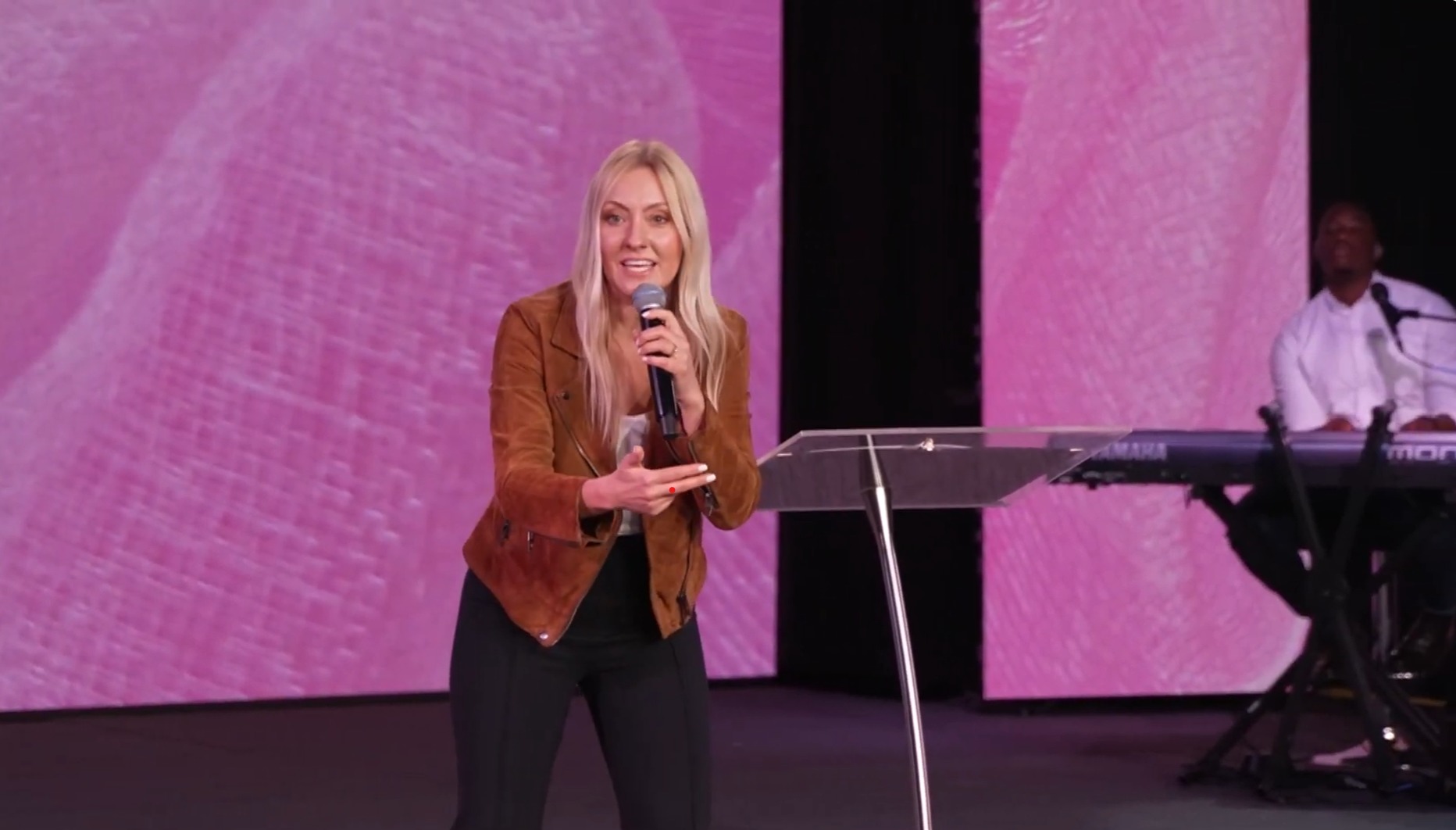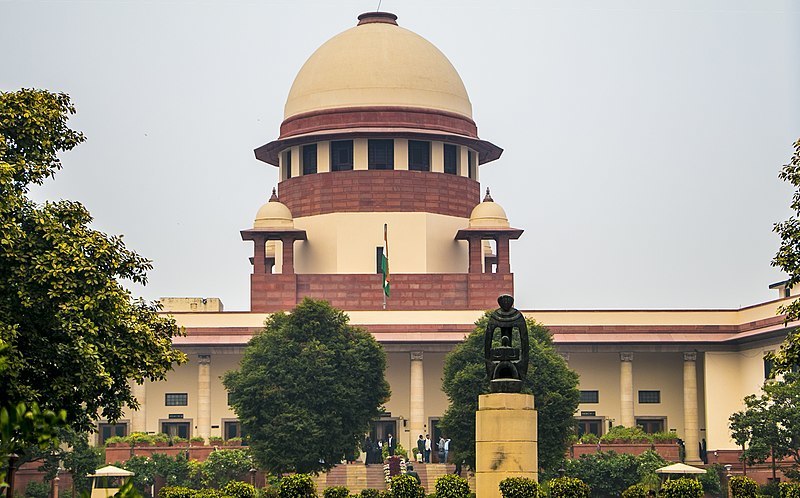
In an unusual turn of events in the usually peaceful nation of Nepal, a curfew was enforced in Nepalgunj city on October 3, amid concerns of communal (sectarian) violence between Hindus and Muslims. The strife began when a Hindu boy posted a controversial social media status about Muslims in the regional hub city of Nepalgunj over the weekend.
The situation quickly escalated as Muslims protested the inflammatory status within the confines of the region’s primary government administrator’s office building. Streets were lined with burning tires, and traffic was brought to a standstill in a display of dissent.
Responding to the escalating tensions, authorities swiftly imposed a lockdown and heightened security measures in the city.
On October 3, a larger Hindu rally took place until the situation took a violent turn, with stones and bottles thrown at the protesters, resulting in a few minor injuries.
In response to the outbreak of violence in the rally, an indefinite curfew was implemented from 1 pm the same day in Nepalgunj, located approximately 400 kilometres (250 miles) west of the capital, Kathmandu.
Addressing the media, Santosh Rathore, the area police chief, confirmed that officers were actively patrolling the city, and residents were prohibited from leaving their homes or gathering in groups during the lockdown. Fortunately, there were no reports of trouble during the period. Officials emphasized the necessity of the stay-at-home order, emphasizing the importance of preventing any further clashes between the Hindu and Muslim communities.
The curfew which was imposed on October 3 remained in place until October 10 till 4 am. Throughout the curfew period, activities such as gatherings, processions, assemblies, meetings, demonstrations, and the distribution of posters and leaflets were strictly forbidden within the specified area.
Nepal, with its Hindu majority, houses a Muslim population which is about 4.4% of its entire population. Nepalgunj however has a third of its residents as Muslims.




























![[Video] More – Aghogho » GospelHotspot](https://gospelhotspot.net/wp-content/uploads/2024/04/More-Aghogho.jpeg)
















